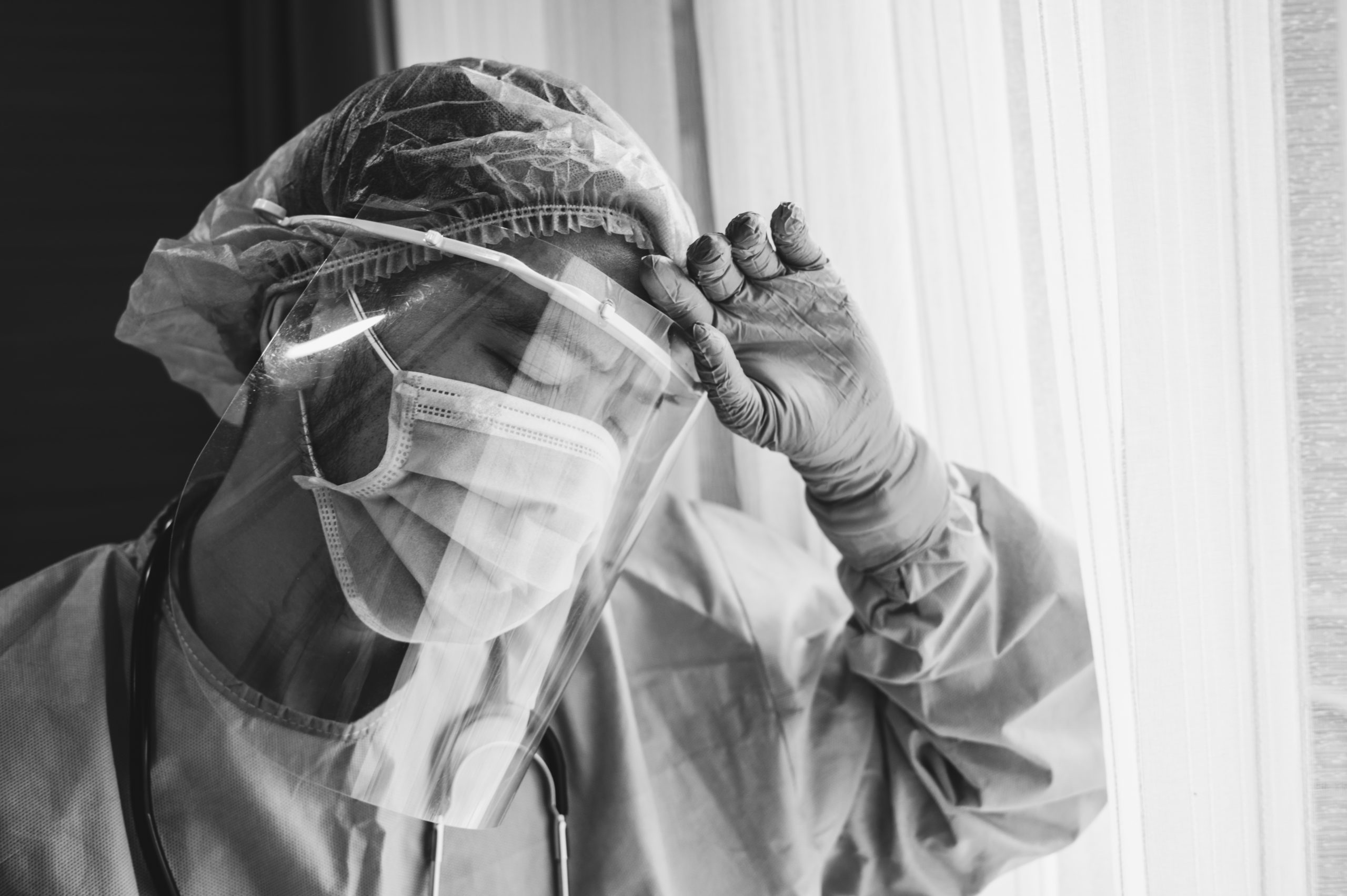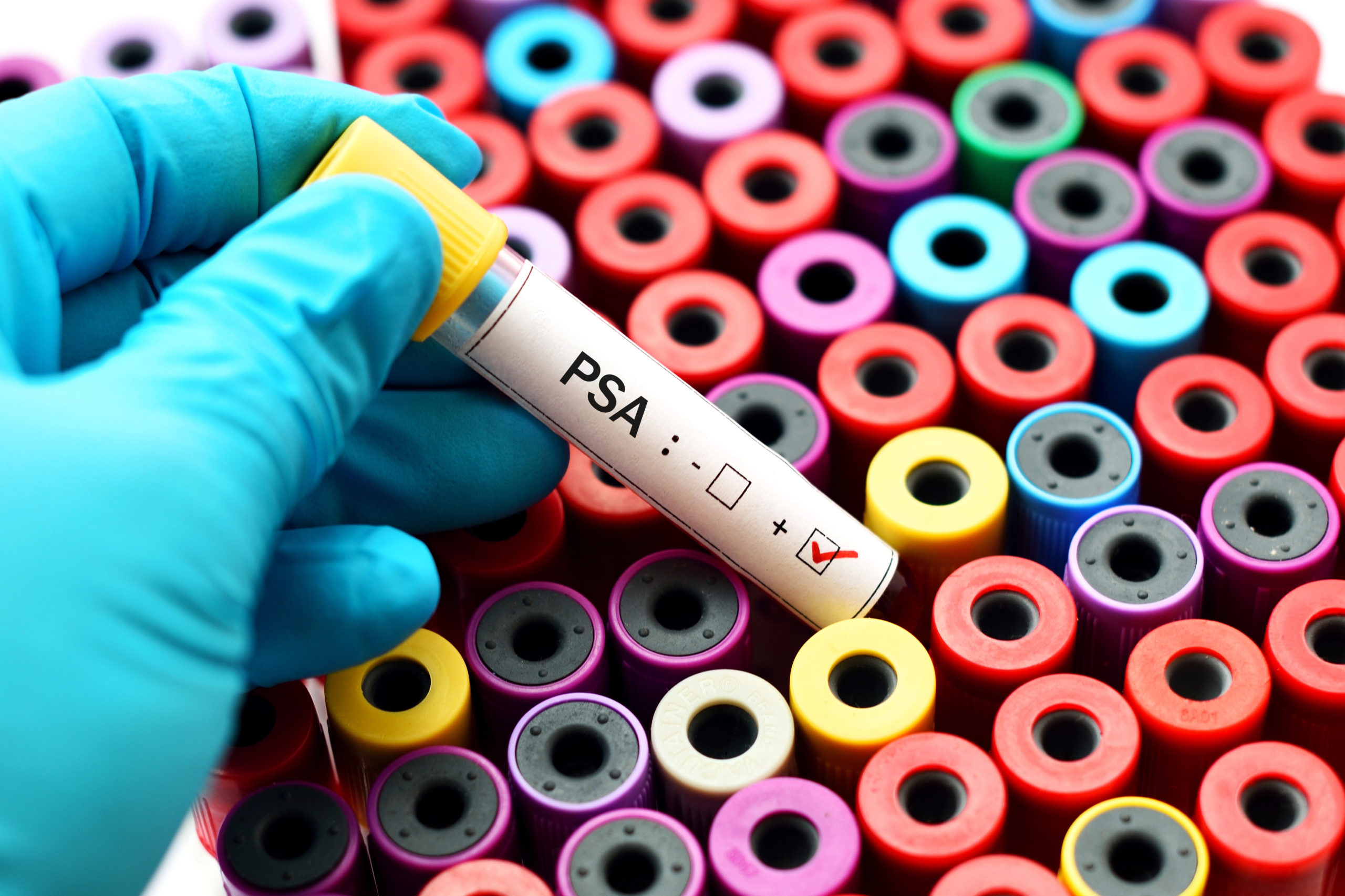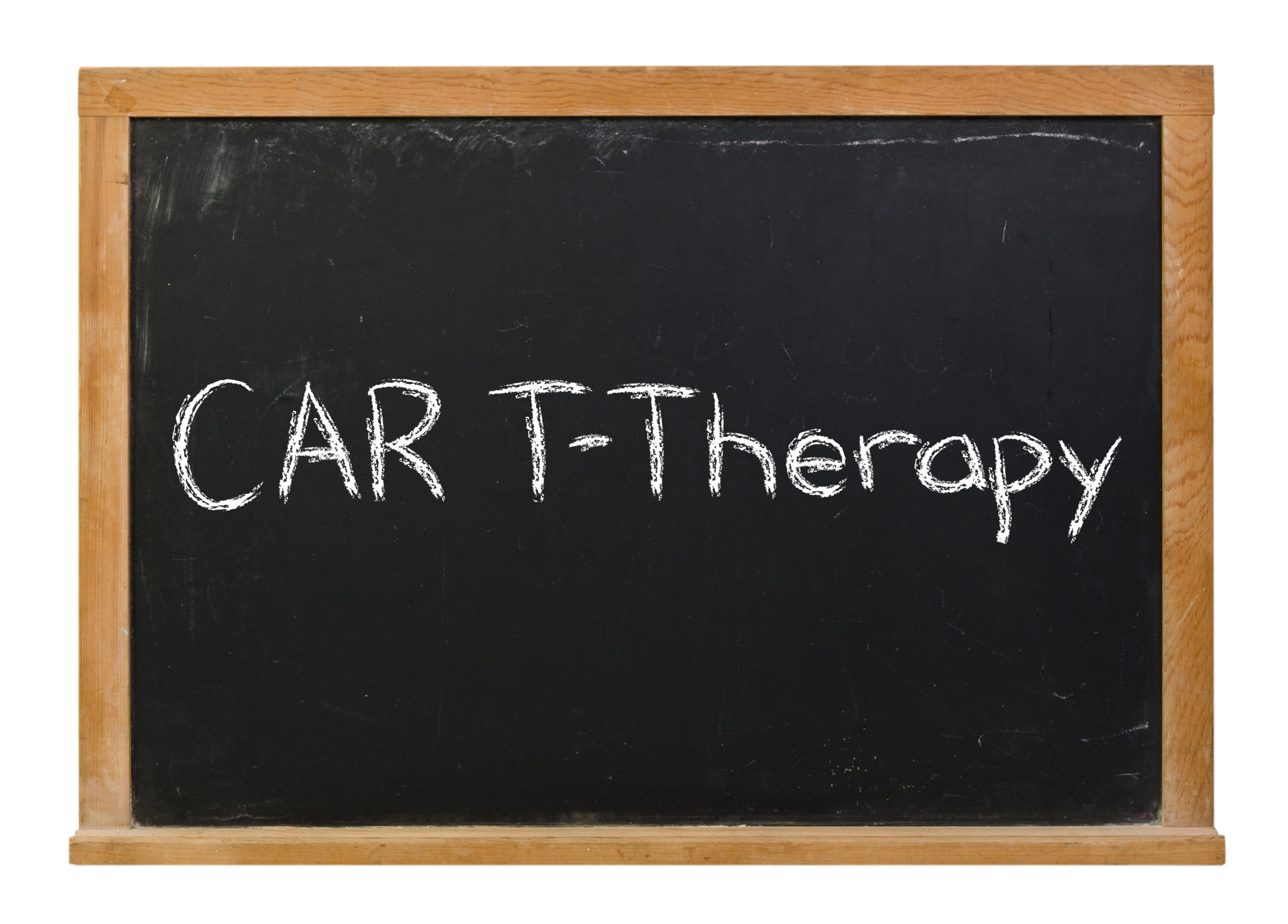
The COVID-19 pandemic has increased stress, anxiety, and burnout among healthcare professionals, including those in imaging departments. The reasons are multifaceted and include the added strain of wearing personal protective equipment, feelings of isolation, constant focus on preventing the spread of infection, pressures related to creating and following new procedures, staffing shortages, and patient encounters that are less personal.
Patients being seen in radiology departments are prone to stress and anxiety as well. They may be fearful about tests and examinations or worried about potentially life-altering news about their health. Studies have shown that anxiety has detrimental effects on pain, recovery, immune function, and patient outcomes.
Therefore, it is important to find ways to decrease anxiety and stress for both healthcare providers and patients. A presentation at the Society of Nuclear Medicine and Molecular Imaging (SNMMI) Annual Meeting encouraged nuclear medicine and radiology departments to used guided imagery, a mediation intervention, to assist staff and patients during this challenging time of pandemic and beyond.
The strategy asks patients to concentrate on a specific object, sound, or experience. For example, a person purposefully thinks about a peaceful place or situation. The goal is to promote calm and relaxation.
The presenters reviewed research that showed that guided imagery enhances coping, reduces anxiety, and decreases heart rate, respirations, and blood pressure in both patients and healthcare providers. In a study that applied guided imagery in patients having colorectal surgery, the strategy reduced perioperative pain and anxiety as well as postoperative narcotic needs compared to the control group.
“Employee well-being and burnout may be offset by resources such as teamwork and a positive work environment as well as performing specific routines intrinsic to the individual,” wrote the authors, led by Brandon Ballane, of New York Medical College. “Guided visualization is a low-cost, no-risk technique used to reduce anxiety and stress for patients and staff that can easily be implemented in the nuclear medicine and radiology department.”







 © 2025 Mashup Media, LLC, a Formedics Property. All Rights Reserved.
© 2025 Mashup Media, LLC, a Formedics Property. All Rights Reserved.